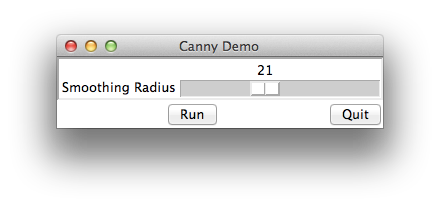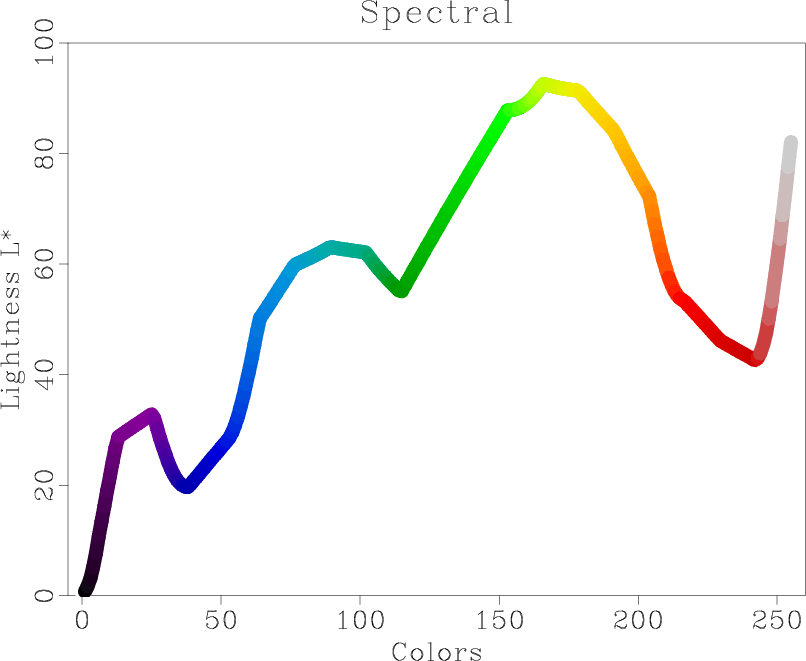The example in rsf/tutorials/parameters reproduces the tutorial from Matt Hall on parameter testing. 
 Madagascar users are encouraged to try improving the results.
Madagascar users are encouraged to try improving the results.
In his blog post and in the discussion that follows, Matt brings up an interesting question about finding the best way for parameter selection.

For the lack of a better approach, parameter selection in seismic attributes is just an interactive game. In the Madagascar version, the key parameter for the Canny edge detector is the amount of prior anisotropic-diffusion smoothing, controlled by the smoothing radius (rect= parameter.) We can do different things with it: for example, make a movie of different images looping through different values of the radius, or, by exposing the parameter to the command-line SCons interface, build a simple GUI script for controlling it. The question posted by Matt waits for a better answer.
See also:


 Madagascar users are encouraged to try improving the results.
Madagascar users are encouraged to try improving the results. 


